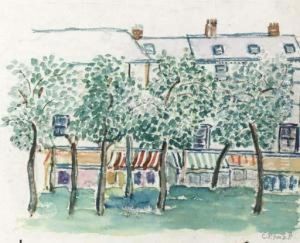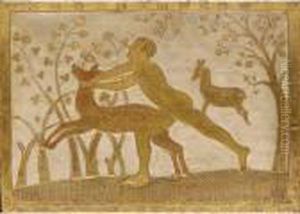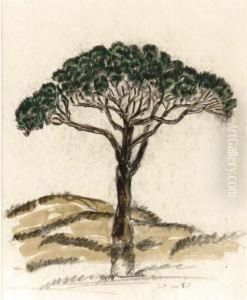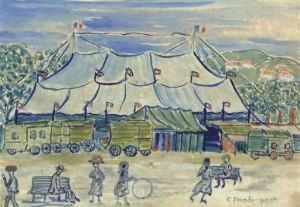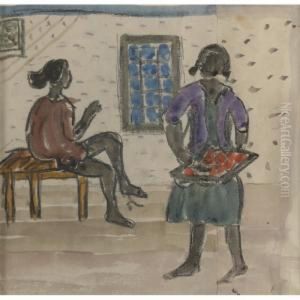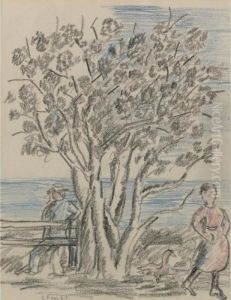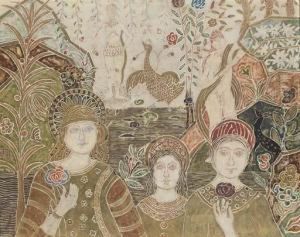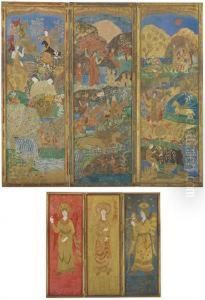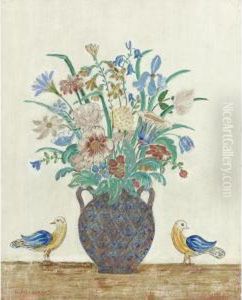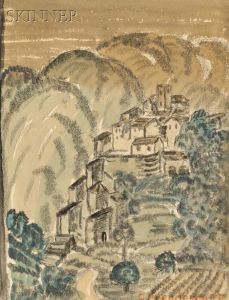Charles Prendergast Paintings
Charles Prendergast was an American artist renowned for his distinctive approach to art, exploring avenues beyond traditional painting to include decorative panels, frames, and furniture. Born on August 5, 1863, in St. John's, Newfoundland, he moved to Boston with his family in 1868, where he later embarked on his artistic journey. Charles, often overshadowed by his younger brother Maurice Prendergast, carved his own niche in the art world with his unique style and innovative techniques. Charles began his career as a craftsman, specializing in the creation of artistic frames and furniture, which showcased his keen eye for detail and a penchant for incorporating elements of the Arts and Crafts movement. His artistic evolution led him to experiment with various mediums, including watercolors, but he is most celebrated for his work in decorative arts—particularly his bas-reliefs carved in gesso and decorated with gold leaf. These works are distinguished by their ethereal quality and often feature idyllic, pastoral scenes. In the early 20th century, Charles, alongside Maurice, traveled to Europe, where he was profoundly influenced by the early Italian Renaissance, as evidenced in his later works. This period was crucial in shaping his artistic direction, leading to a more pronounced use of allegorical and mythological themes. Despite his substantial contributions to American art, Charles Prendergast's work remained relatively underappreciated during his lifetime. However, posthumously, his art has garnered recognition for its innovative techniques and its pivotal role in the progression of American art. Charles Prendergast's legacy is preserved through collections in major museums and galleries, reflecting his enduring influence on the decorative arts. He passed away on October 20, 1948, leaving behind a body of work that continues to inspire admiration and study.
